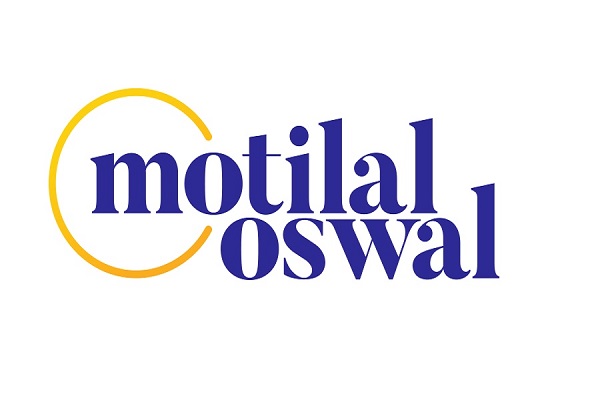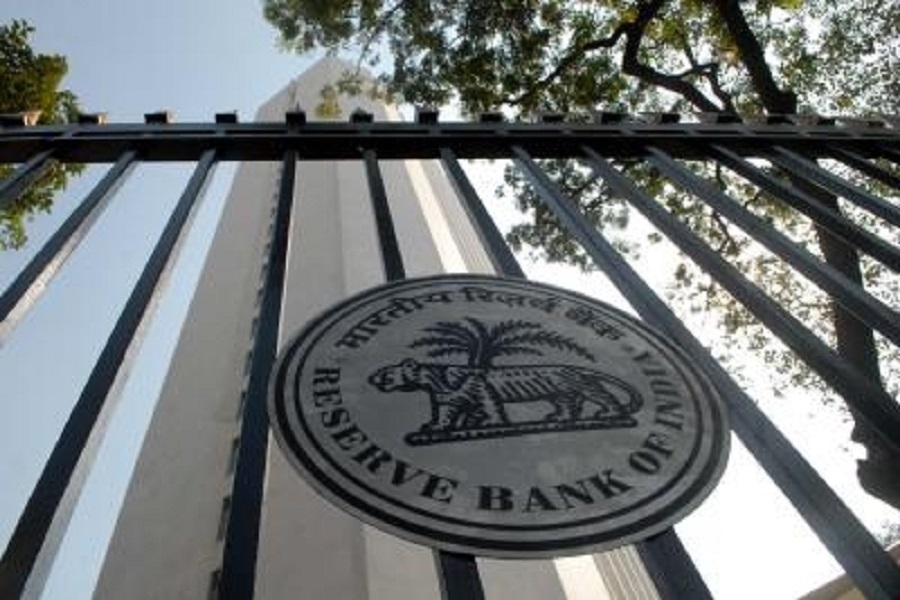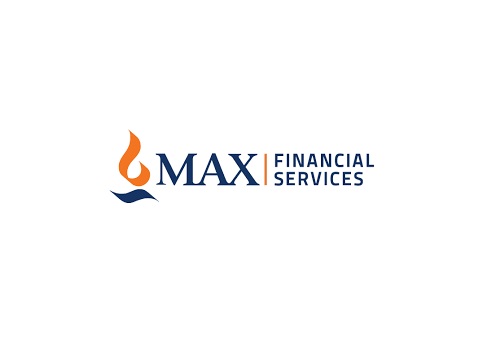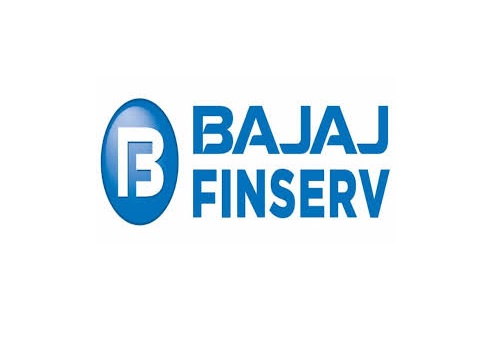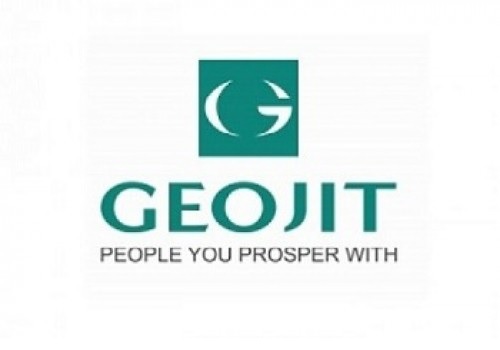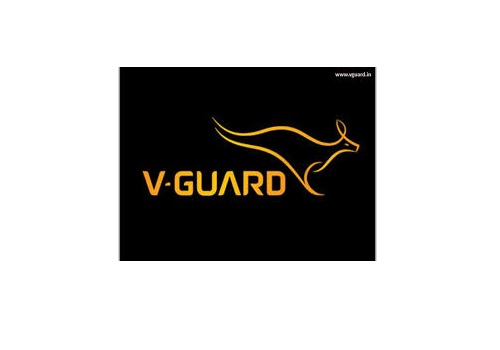Add Cholamandalam Investment And Finance Ltd For Target Rs. 1,500 by Emkay Global Financial Services Ltd
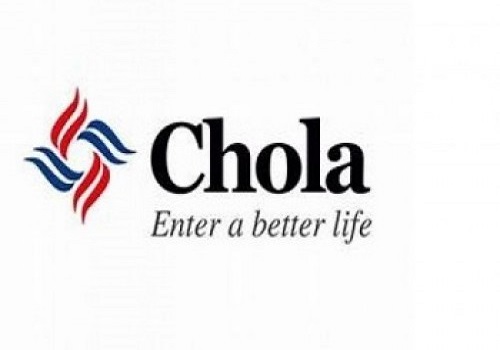
CIFC reported a weak quarter owing to seasonality, macro headwinds, and elevated credit cost. Asset quality remained under pressure across product segments, driven by early monsoons and some seasonal effects. The management expects this to normalize, assuming monsoons do not extend till Q3 (like last year); it maintained credit cost guidance of 1.4-1.5% for the full year. The management maintains growth guidance of 20-23%, pinning hopes on macro recovery in H2 and festive demand. It expects NIMs to improve by 10- 15bps on the back of rate cuts; while opex would remain stable/moderate given that most of the expansion will be in the gold segment, CIFC plans to leverage existing vehicle finance branches for expansion of product offerings. To reflect the Q1 developments and near-term hope of a recovery led by strong festive demand, rate-cut benefits, and improving asset quality in H2, we lower our FY26-28 estimates which results in ~1-2% reduction in AUM growth estimates, minor increase in credit cost, and 3-4% cut in EPS. We reiterate ADD while trimming Jun-26E TP by ~6% to Rs1,500, implying FY27E P/B of 3.4x.
Seasonality and macro environment impacting profitability CIFC reported a softer Q1 performance, with PAT of Rs11.4bn impacted by elevated credit cost of 1.9% (Emkay estimate: 1.6%) which was on account of stress across product segments due to seasonality and early monsoons. AUM grew ~3.6% sequentially, while disbursement remains soft as the management continues to reduce its CSEL partnership segment. Margins remained stable while opex moderated (would be marginally higher in Q2), resulting in a PPoP growing 30% YoY. Asset quality deteriorated marginally across product segments, with overall GS3/NS3 at 3.16%/1.8% vs 2.81%/1.56%, respectively, in Q4FY25. PBT-ROA/ROE for Q1FY26 came in at ~3.1%/18.8%.
Guidance: Some moderation in growth and slight uptick in credit cost The management has guided for AUM growth of 20–23%, on strong demand recovery in H2 and supportive monsoons. However, disbursements have been slow in certain stressed segments, particularly CSEL and vehicles. As a result, overall disbursement growth is now expected at ~10% (down from 15% earlier). Margins are projected to improve by ~15bps due to rate cuts. Operating expenses are likely to remain stable or moderate slightly, with most new branches focused on the GL segment while existing vehicle branches are being leveraged for product expansion. The management remains confident about containing credit costs below 1.5% and expects asset quality to improve as macro conditions stabilize. These factors cumulatively are expected to support a nearterm PBT-ROA of 3.3–3.4%.
Maintain ADD with a revised TP of Rs1,500 To factor in the Q1FY26 trends and FY26 guidance, we trim FY26-28 growth and disbursement estimates by ~1-4% and ~4-7%, respectively, and expect credit costs to stay elevated due to ongoing stress in certain segments. We reiterate ADD, with revised down Jun-26E TP of Rs1,500 (from Rs1,600), implying FY26E P/B of 3.4x.
Earnings call highlights ? The management stated that CIFC is deliberately slowing home loan disbursements, with disbursement growth expected to stay soft at around 10% for the year, even as AUM is projected to grow by roughly 30%. It cited that changes in registration processes across key markets led to a softer disbursement; there will be a shift in focus toward controlling opex rather than aggressively expanding this segment. On asset quality, the management noted that net credit loss in the segment was 1.4% last year; it is confident of improvement by H2FY26. ? The NIM improved marginally from 7.6% to 7.8% in Q1FY26 and is expected to improve by 10-15bps on account of the RBI’s rate cut; opex reduced to 2.9%, and the management aims to keep it around 3% despite annual salary hikes in Q2FY26. ? Credit cost spiked by 30bps, driven by stress in auto and consumer segments. The management guided for full-year credit cost of 1.4–1.5%, similar to last year’s 1.4%. Any relief will likely come only in Q3, depending on the timing and end of monsoons; the management expects no spike ahead. ? In terms of VF, the management highlighted that the industry contracted ~5% in Q1; however, CIFC still managed 7% growth in VF disbursement and continues to gain market share. It indicated that it is not chasing growth, especially in competitive segments like tractors, where it has consciously held rates. It expects VF to pick up from Q2, aided by an early festive season and improving macro. ? GS3 rose to 3.16% (vs 2.81% QoQ), with higher NCL in Small CV, CSEL partnership, Supply chain, and tractors—though the company attributes much of this to earlier-stage accounts rolling forward. It remains confident about a reversal in trends, led by strong seasonal pickup and tighter collections (including legal action in mortgage loans).LAP, Secured-BL, and SME continue to show acceptable ROAs and NCLs. Stress here is more about normalization from very low NPAs. All of these are secured loans, so resolution timelines (via SARFAESI or arbitration) stretch longer, although risk remains manageable. ? in the CESL segment, the management indicated that focus is on strengthening the traditional book, particularly by increasing CD and in-house digital lending. The management expects performance to start improving from Q4, including gains from the gold loan portfolio. Meanwhile, the partnership business has stopped. ? CIFC has opened 75 gold loan branches in urban locations which led to a short-term increase in urban branch share. However, there is no change in branch strategy, ie ~90% of the overall network is still in Tier 3 to Tier 6 markets. Gold loans are being launched in urban areas first, with plans to gradually expand into semi-urban and rural regions. ? The management highlighted that half the borrowings are already benefiting from EBLR rate cuts; MCLR-linked gains should kick in by Q3. Overall, cost of funds is expected to ease by ~20bps, with 12–15bps likely showing up in NIMs after factoring in some yield pass-through.
Guidance: ? AUM to grow at 20-23%, with disbursement growth of ~10%. ? The company expects ~12–15bps NIM improvement for the full year due to lower CoF (a 20bps drop), partially offset by yield compression in floating rate books. ? The management aims to keep opex ratio at ~3%. ? Credit cost is expected to remain at ~1.4-1.5%; the current elevated levels to see a reduction starting Q3, if monsoons end early and festive demand kicks in.
For More Emkay Global Financial Services Ltd Disclaimer http://www.emkayglobal.com/Uploads/disclaimer.pdf & SEBI Registration number is INH000000354
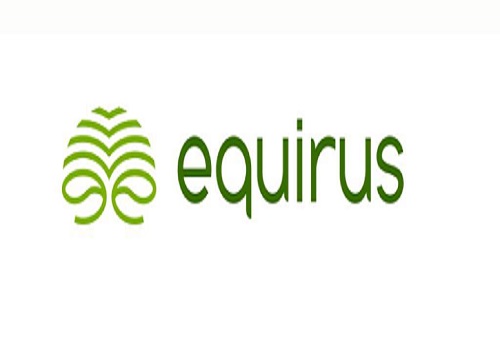



.jpg)


